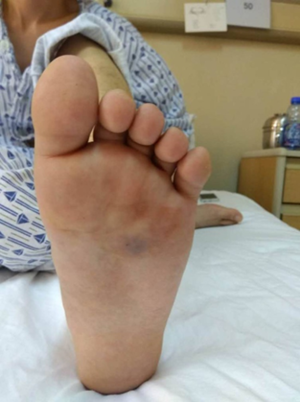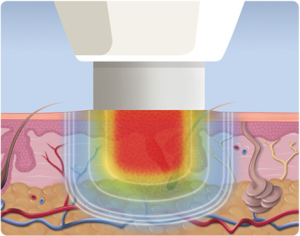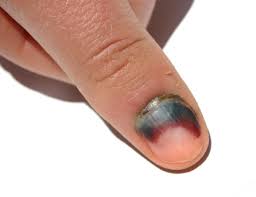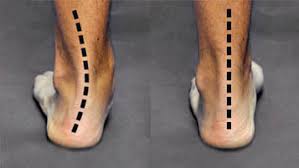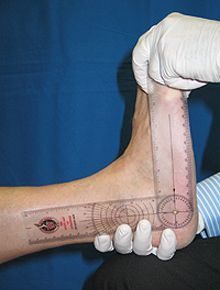
the Silfverskiold test is a clinical examination technique used by healthcare professionals, particularly podiatrists and orthopedic surgeons, to assess the extent of gastrocnemius muscle contracture in the lower leg. The test is named after the Swedish surgeon, Dr. Harald Silfverskiold, who developed the technique in the 1920s.
During the Silfverskiold test, the patient is asked to lie prone (face down) with both legs hanging off the edge of a table or examination bed. The examiner then dorsiflexes the ankle passively while stabilizing the knee joint in full extension and in 20 degrees of knee flexion. The amount of ankle dorsiflexion available is then measured and compared between the two positions.
If there is a significant difference in ankle dorsiflexion between the two positions, with more dorsiflexion available in the flexed knee position, it suggests that there is gastrocnemius muscle contracture present. This is because the gastrocnemius muscle crosses both the ankle and knee joints, and in the extended knee position, it is in a shortened position, which limits ankle dorsiflexion.
The Silfverskiold test can be useful in diagnosing and monitoring gastrocnemius muscle contracture, which can contribute to a range of foot and ankle conditions, including plantar fasciitis, Achilles tendonitis, and flatfoot deformity. Treatment options may include stretching exercises, physical therapy, and orthotics to improve ankle range of motion and prevent further complications.
Overall, the Silfverskiold test is a simple, non-invasive clinical tool that can provide valuable information about the extent of gastrocnemius muscle contracture in the lower leg, and help guide treatment decisions for a range of foot and ankle conditions.

